Best Companion Plants For Sedum Angelina
Sedum Angelina: The Best Companion Plants
Sedum Angelina is a low-maintenance, drought-tolerant succulent that is perfect for adding color and interest to any garden. It is also a relatively fast-spreading plant, so it is important to choose companion plants that will complement its growth habit and color scheme.
In this blog post, we will discuss some of the best companion plants for Sedum Angelina. We will also provide tips on how to plant and care for these plants together.
What is Sedum Angelina?
Sedum Angelina is a type of stonecrop that is native to Europe and Asia. It is a low-growing, mat-forming plant that can reach up to 6 inches tall and 18 inches wide. The leaves are bright green in the summer and turn a fiery red in the fall. Sedum Angelina blooms in the summer with small, star-shaped flowers that are white or pink.
Where to Plant Sedum Angelina
Sedum Angelina is a sun-loving plant that prefers well-drained soil. It can tolerate some light shade, but it will not do well in full shade. Sedum Angelina is a hardy plant that can withstand cold winters and hot summers.
How to Plant Sedum Angelina
Sedum Angelina can be planted in the spring or fall. When planting, dig a hole that is twice the size of the root ball. Add some compost or sand to the soil to improve drainage. Place the plant in the hole and backfill with soil. Water the plant well and mulch around the base to help retain moisture.
How to Care for Sedum Angelina
Sedum Angelina is a low-maintenance plant that does not require a lot of care. Water the plant regularly, especially during hot, dry weather. Sedum Angelina is drought-tolerant, but it will benefit from a deep watering once a week. Fertilize the plant once a year in the spring with a balanced fertilizer.
Best Companion Plants for Sedum Angelina
Sedum Angelina can be planted with a variety of other plants, but some of the best companion plants include:
- Asters and chrysanthemums are both hardy perennials that bloom in the fall. They have similar growing conditions to Sedum Angelina and will add color and interest to your garden.
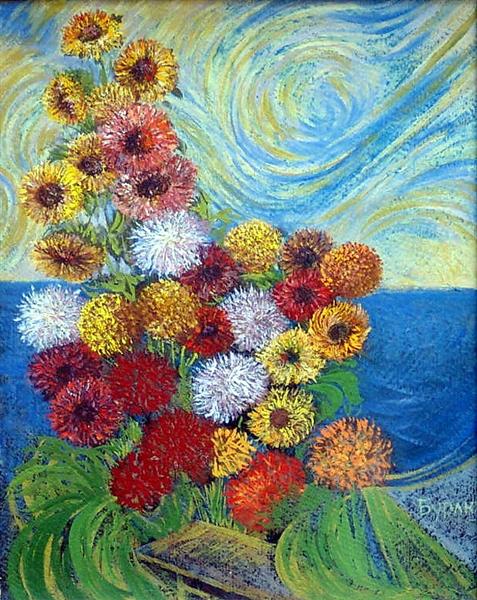
- Blue fescue is a type of ornamental grass that has spiky, blue-gray foliage. It contrasts nicely with Sedum Angelina's soft green leaves and red flowers.

- Dianthus is a type of flowering plant that comes in a variety of colors. It is a low-growing plant that will add a splash of color to your garden.

- Hostas are shade-tolerant perennials that have large, heart-shaped leaves. They can be planted in front of Sedum Angelina to provide some shade in the afternoon.
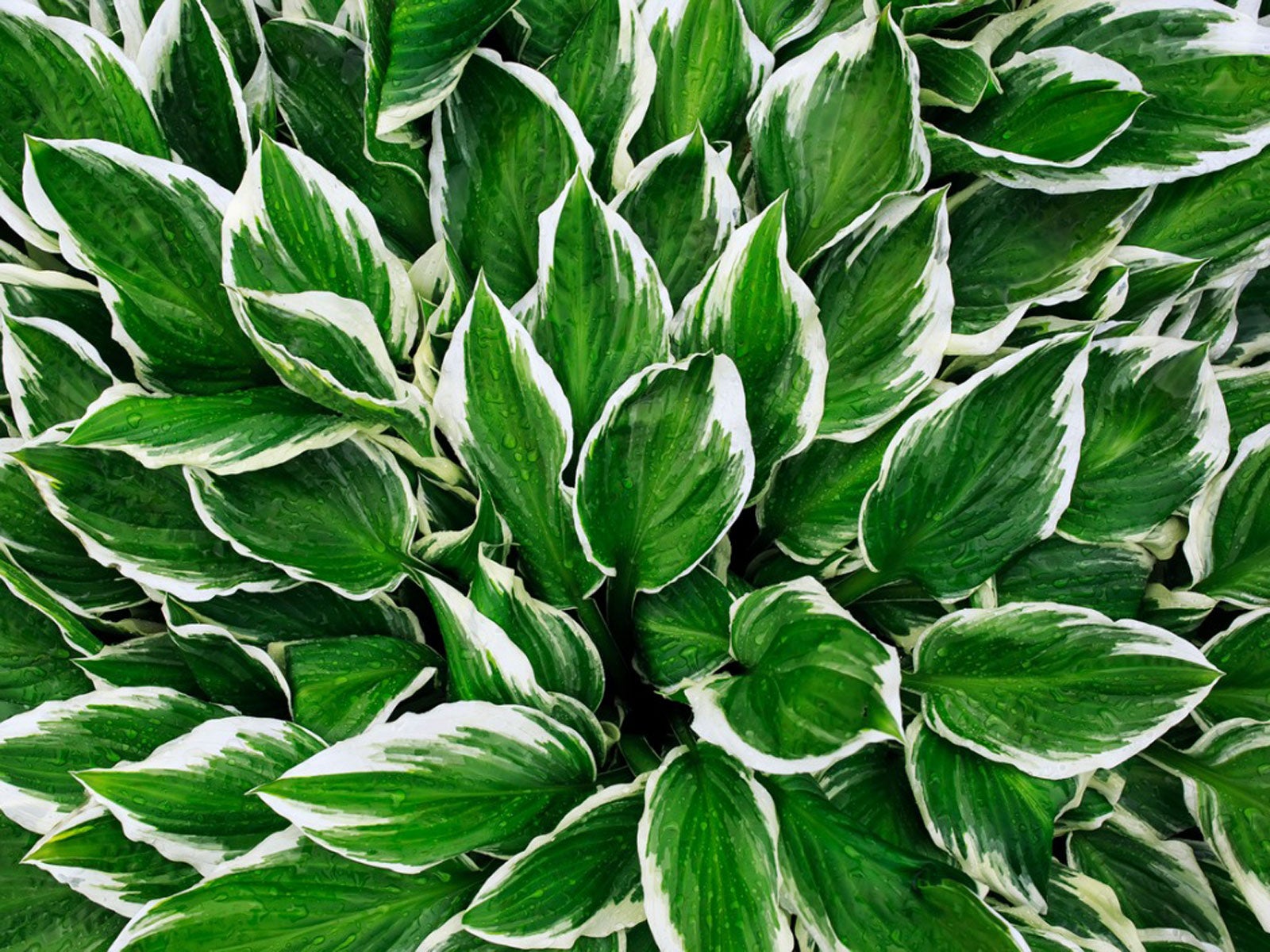
- Purple coneflower is a tall, wildflower that has purple flowers. It blooms in the summer and will add height and color to your garden.
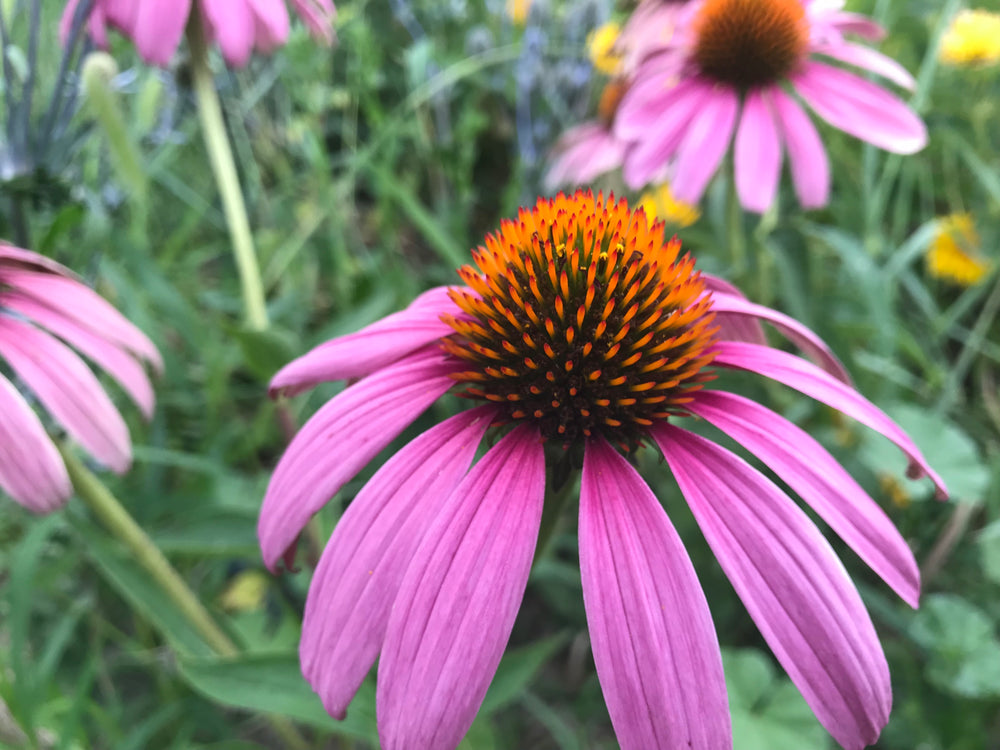
Conclusion
Sedum Angelina is a beautiful and versatile plant that can be used in a variety of ways. It is a great choice for adding color and interest to your garden, and it is relatively easy to care for. By planting Sedum Angelina with some of the companion plants mentioned above, you can create a beautiful and low-maintenance garden that will thrive for years to come.
Sedum Angelina is a beautiful succulent plant with chartreuse foliage that makes it a great choice for adding color and interest to your garden. It's also relatively low-maintenance, making it a good option for even novice gardeners.
One of the best things about Sedum Angelina is its versatility. It can be used as a groundcover, in rock gardens, or in containers. It's also drought-tolerant and deer-resistant, making it a great choice for areas with hot, dry summers.
If you're looking for companion plants for Sedum Angelina, there are a few things to keep in mind. First, you'll want to choose plants that have similar water and light requirements. Sedum Angelina prefers full sun and well-drained soil.
Second, you'll want to choose plants that will complement the color and texture of Sedum Angelina's foliage. Some good options include:
- Yarrow (Achillea millefolium): This plant has bright yellow flowers that will bloom in the summer.
- Tickseed (Coreopsis verticillata): This plant has daisy-like flowers that come in a variety of colors, including yellow, orange, and pink.
- Hens and chicks (Sempervivum): These succulents have rosettes of leaves that come in a variety of colors, including green, blue, and purple.
- Feather reed grass (Calamagrostis acutiflora): This grass has tall, airy plumes that will add movement and texture to your garden.
- Cranesbill (Geranium): This plant has showy flowers that come in a variety of colors, including red, pink, and white.
For more information about Sedum Angelina companion plants, I recommend visiting Gardenia Inspiration. This website has a wealth of information about Sedum Angelina, including its care requirements, planting tips, and companion plant suggestions.
FAQ of sedum angelina companion plants
What are good companion plants for sedum angelina?
Sedum angelina is a low-maintenance succulent that is drought-tolerant and can thrive in poor soil. As a result, it can be paired with a variety of other plants, including:
- Other succulents, such as aloe vera, yucca, and kalanchoe
- Perennials, such as lavender, sage, and thyme
- Annuals, such as marigolds, petunias, and sunflowers
- Groundcovers, such as creeping thyme, sedum groundcover, and speedwell
When choosing companion plants for sedum angelina, it is important to consider the plant's light and water requirements. Sedum angelina prefers full sun and well-drained soil. Companion plants with similar requirements will help to create a balanced and healthy garden.
How far apart should sedum angelina companion plants be planted?
The spacing between sedum angelina companion plants will vary depending on the size of the plants. For smaller plants, such as creeping thyme, you can plant them 6 inches apart. For larger plants, such as yucca, you may need to plant them 2 feet apart.
It is important to give sedum angelina companion plants enough space to grow and spread. If they are planted too close together, they may compete for resources and not thrive.
When should sedum angelina companion plants be watered?
Sedum angelina and its companion plants are drought-tolerant, so they do not need to be watered as frequently as other plants. In general, you should water them when the soil is dry to the touch.
However, it is important to water them more frequently during hot, dry weather. You may also need to water them more frequently if they are planted in a pot or container.
How do I protect sedum angelina companion plants from pests and diseases?
Sedum angelina and its companion plants are relatively resistant to pests and diseases. However, they can be susceptible to mealybugs, scale, and spider mites.
To protect your plants from pests, you can inspect them regularly for signs of damage. If you see any pests, you can remove them by hand or with a pesticide.
You can also help to prevent pests by planting sedum angelina companion plants in a sunny location with well-drained soil. These conditions make it more difficult for pests to thrive.
What are some tips for caring for sedum angelina companion plants?
Here are some tips for caring for sedum angelina companion plants:
- Plant them in full sun or partial shade.
- Water them when the soil is dry to the touch.
- Fertilize them once a year with a balanced fertilizer.
- Deadhead spent flowers to encourage more blooms.
- Protect them from pests and diseases.
With proper care, sedum angelina companion plants can thrive for many years.
Image of sedum angelina companion plants
Here are 5 different images of "sedum angelina companion plants" from Pinterest:
- Yarrow (Achillea millefolium) is a tall, herbaceous perennial that blooms in late spring to early summer with white, yellow, or pink flowers. It is drought-tolerant and prefers full sun to partial shade. Yarrow is a good companion plant for sedum angelina because it attracts pollinators and helps to deter pests.
- Creeping thyme (Thymus serpyllum) is a low-growing, evergreen perennial that spreads by runners. It has small, purple flowers that bloom in late spring to early summer. Creeping thyme is drought-tolerant and prefers full sun to partial shade. It is a good companion plant for sedum angelina because it helps to suppress weeds and provides a groundcover.
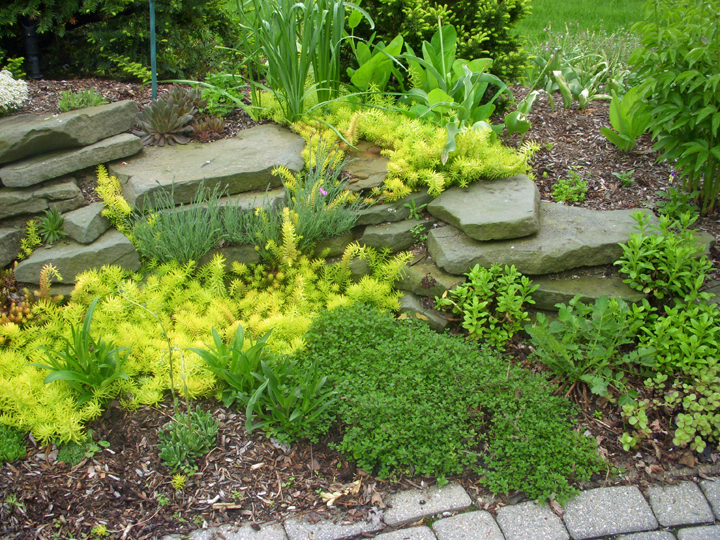
- Lavender (Lavandula angustifolia) is a tall, herbaceous perennial that blooms in late spring to early summer with blue, purple, or white flowers. It is drought-tolerant and prefers full sun. Lavender is a good companion plant for sedum angelina because it attracts pollinators and helps to deter pests.

- Zinnias (Zinnia elegans) are annuals that bloom in a wide range of colors from early summer to fall. They are drought-tolerant and prefer full sun. Zinnias are a good companion plant for sedum angelina because they attract pollinators and help to add color to the garden.
- Coreopsis (Coreopsis grandiflora) is a perennial that blooms in yellow, orange, or red flowers from late spring to early fall. It is drought-tolerant and prefers full sun. Coreopsis is a good companion plant for sedum angelina because it attracts pollinators and helps to add color to the garden.

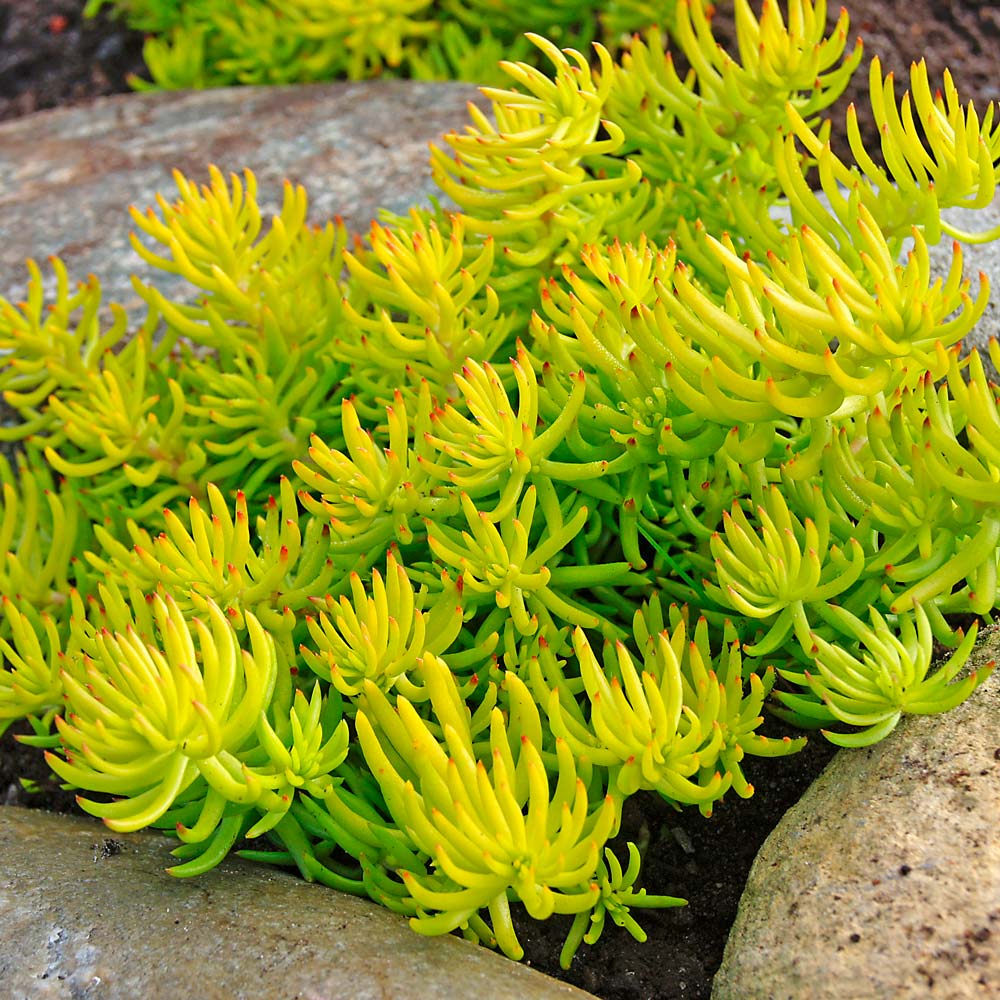
Post a Comment for " Best Companion Plants For Sedum Angelina"